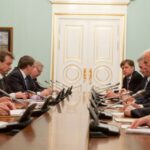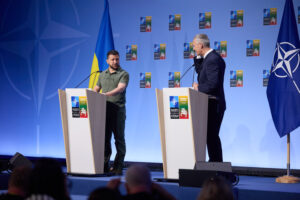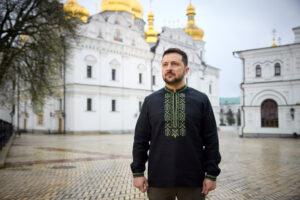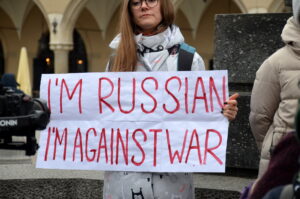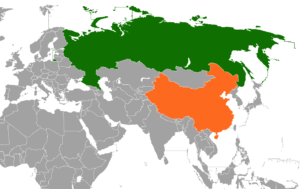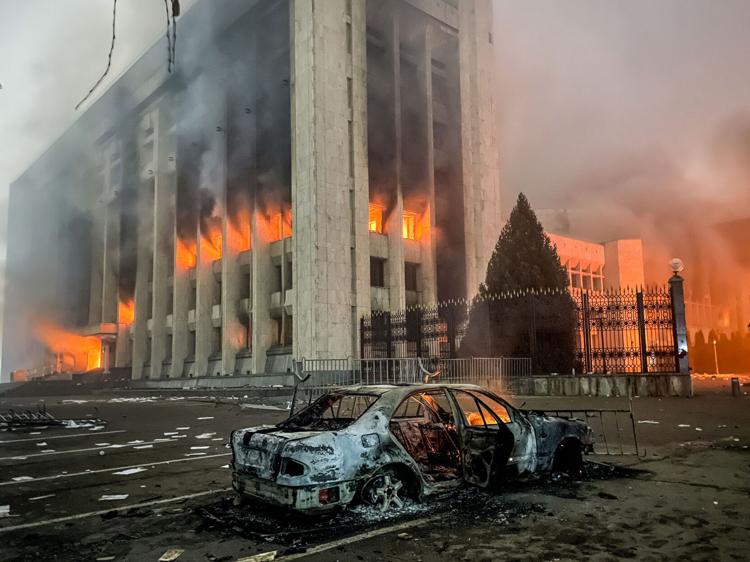
The recent violence in Kazakhstan recalls similar events from 1932-1933, known as the ‘Kazakh Holodomor (famine)’, which was organized by Stalin’s Kremlin and took more than 1.5 million Kazakh lives. More recently in mid-December of 1986, Russian troops put down another revolt there against the Communist Party of the Soviet Union.
Both events were aimed at keeping Kazakhs under the thumb of Moscow. Keeping them impoverished was achieved in part by forcing a nomadic population to submit to collective farm worker lives and keeping them in abject poverty until the 1990s.
Declaring independence from Moscow in 1991, Kazakhstan began attracting foreign investors. By mid-2014, it had obtained (U.S.) $ 190 billion in foreign investment and was the leader among the post-Soviet republics in investment per capita. It ranked 39th in the 2020 Index of Economic Freedom published by the Wall Street Journal.
In 2006, the former president of Kazakhstan, Nursultan Nazarbayev, announced that the Kazakh language would switch from the Cyrillic to the Latin alphabet by 2031. This appears to have been seen by Putin and others in Moscow as a major swing by Kazakhstan towards the West.
Kazakhstan possesses vast deposits of oil and natural gas, with its main gas extraction facilities located in the western part of the country, bordering the Russian Federation and being far from the nation’s cities. Paradoxically, the region also contains the lowest living standards; with the basic fuel being liquefied petroleum gas. Its price is thus of profound social importance.
The recent unexplained doubling of gas fuel prices – from 60 to 120 KZT per litre (from 17 Canadian cents to 34 ) – sparked widespread public outrage and protests.
Gas exports today remain completely under the control of the Russian Federation as they were during the Soviet period. In June 2002, Russia’s Gazprom and Kazakh “KazMunayGas” registered a joint venture, “KazRosGas”, to purchase and process crude Kazakh gas and process it at a processing plant in Orenburg, Russia.
During the presidency of Nursultan Nazarbayev (1991-2019), Kazakhstan pursued a policy of maximum possible accumulation of gas supplies for internal consumption and stabilization of prices.
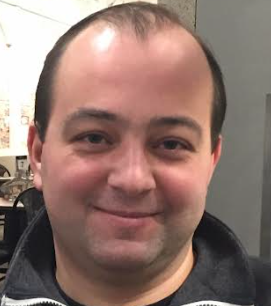
Starting in 2019, after Kassym-Jomat Tokayev had been elected president, Kazakh gas supplies were substantially depleted. Practically all produced crude gas is now forwarded for processing in Russia whereas only 10% of the processed gas comes back to the domestic market. “KazRosGas” allows Russia to disrupt the energy stability of a huge country.
At the end of 2021, natural gas prices rose significantly, especially in countries depending on the import of gas from Russia. This occurred in Kazakhstan too, despite being a large exporter of gas. If Gazprom had increased the amount of Kazakh-processed gas from 10 % to 18%, the Kazakh government would have been able to keep prices on the internal market stable and avoid a social outburst. But it didn’t.
Another factor in the destabilization of Kazakhstan was the recurring discussion by its government in 2020-2021 regarding the construction of a gas processing plant in west Kazakhstan. But Gazprom declared it had no intention of transporting Kazakh gas if it is processed outside of Gazprom facilities.
Kazakh gas is important for Gazprom for it to maintain the amounts necessary for increased European export and is of critical significance for the maintenance of the steady operation of the Orenburg plant. Thus, the social upheaval in Kazakhstan, which led to the government’s resignation on January 5, 2022 has brought the country back under the Russian sphere of influence while removing all the threats to Gazprom and its gas processing plant.
At the protest rallies, the law enforcement forces did not clash directly with protesters and empathized with their outrage. In some large cities, such as Almaty, Aktobe, and Aktau, police actually sided with them.
It began to look like the enraged crowds might topple the authorities. President Tokayev was in a dead-end and had no other way out of the situation but to apply for military help from abroad. The situation was similar to the summer of 2021 in Belarus when Aleksandr Lukashenko was counting on Russia, as a union state, for military aid had the Belorussian protesters forced him to do so.
After talks with Vladimir Putin and Aleksandr Lukashenko on January 5th, Tokayev applied for military assistance to the Collective Security Treaty Organization, which includes Russia, Armenia, Belarus, Kazakhstan, Kyrgyzstan, and Tajikistan.
CSTO has formally been in existence since 1992 but it has not been active. It even refused to support Kyrgyzstan during its internal conflict of 2010 and was later harshly criticized by Lukashenko for that. The intervention in Kazakhstan under the aegis of the resurrected CSTO is beneficial to Tokayev as it does not directly substantiate the accusations leveled against him by the opposition of putting the country under virtual Russian occupation.
There is an additional benefit for Putin because it does not undermine his negotiations with the European Union regarding the certification of the “North Stream-2” pipeline not his negotiations with the USA on strategic security. Entering another country to suppress citizen protests would have caused a severe negative reaction in the world community which would, in turn, set Russia back to its initial position in all its key negotiations with the EU and the United States.
Russia’s control of gas prices has not provided Kazakhstan with the spare amounts of their own Kazakh gas but instead has caused Kazakh social unrest. Russian troops have yet again entered Kazakh territory. Another attempt to bring the country back to the Russian sphere of influence is taking place.
Dmytro Pavel is an Ottawa-based researcher originally from Ukraine, who specializes in conflict resolution in Eastern Europe.
Andy Semotiuk is a U.S. and Canadian lawyer, who is President of the Centre for Eastern European Democracy.
David Kilgour is a former M.P. and Secretary of State (Asia-Pacific).
